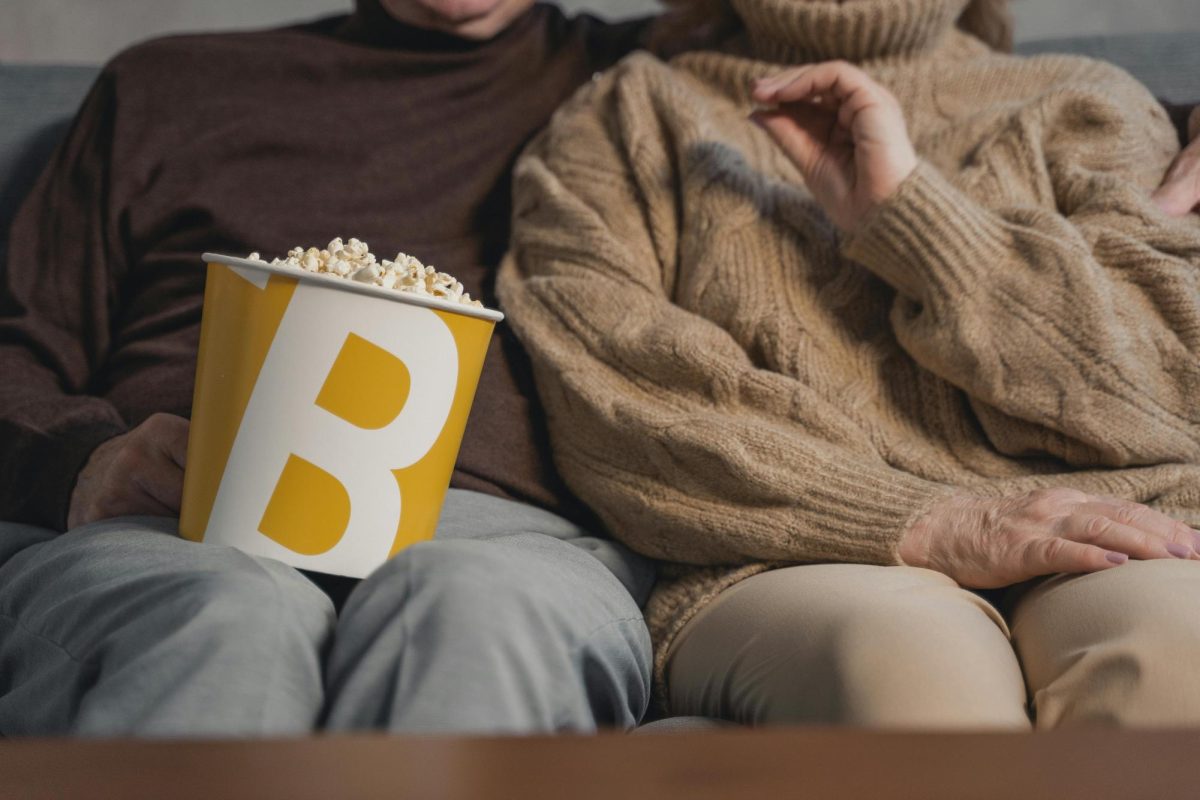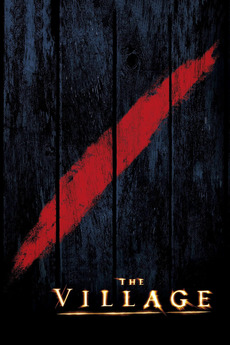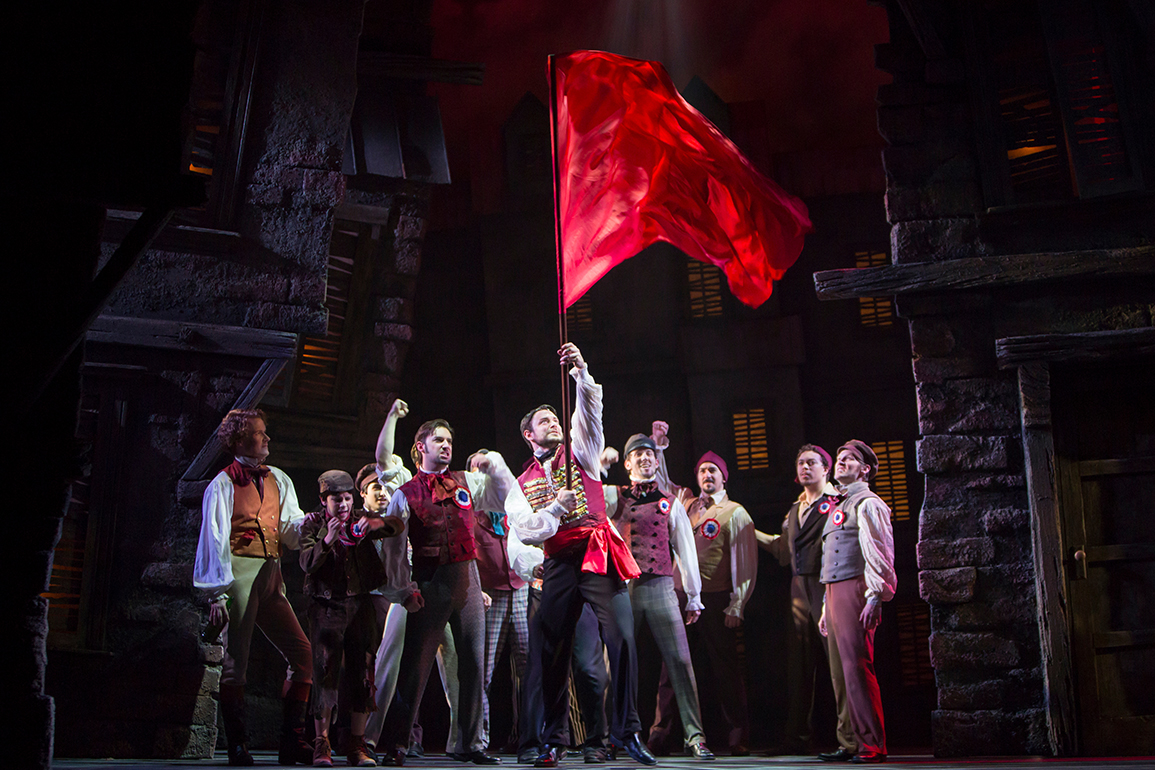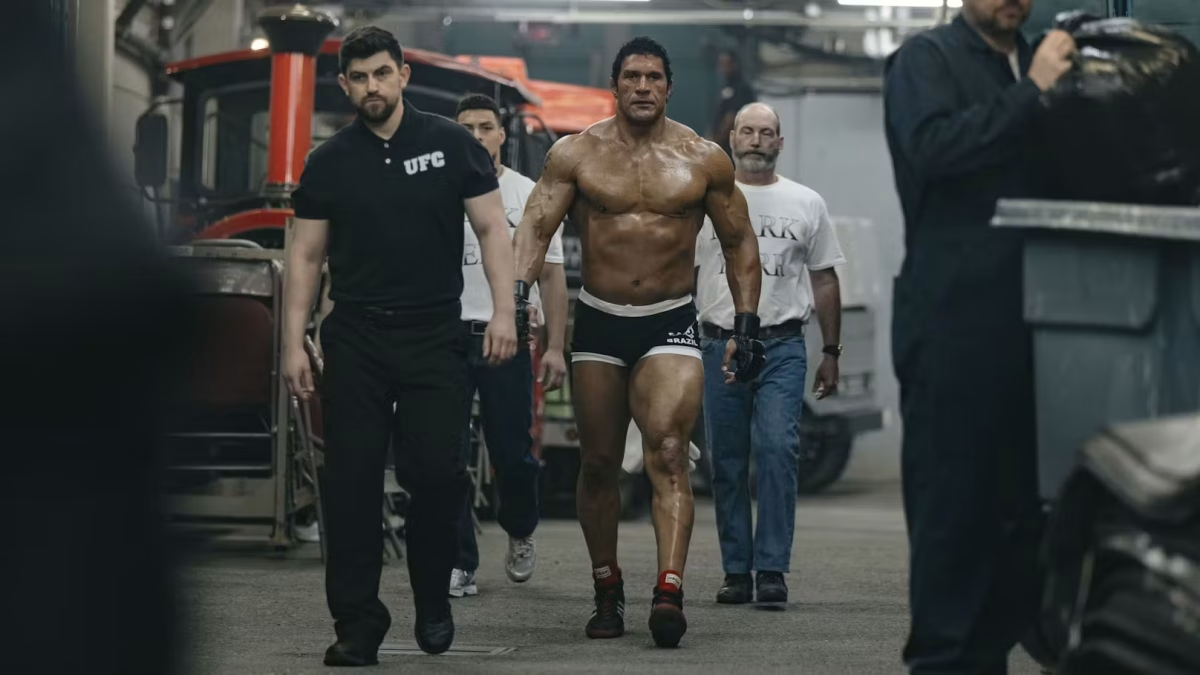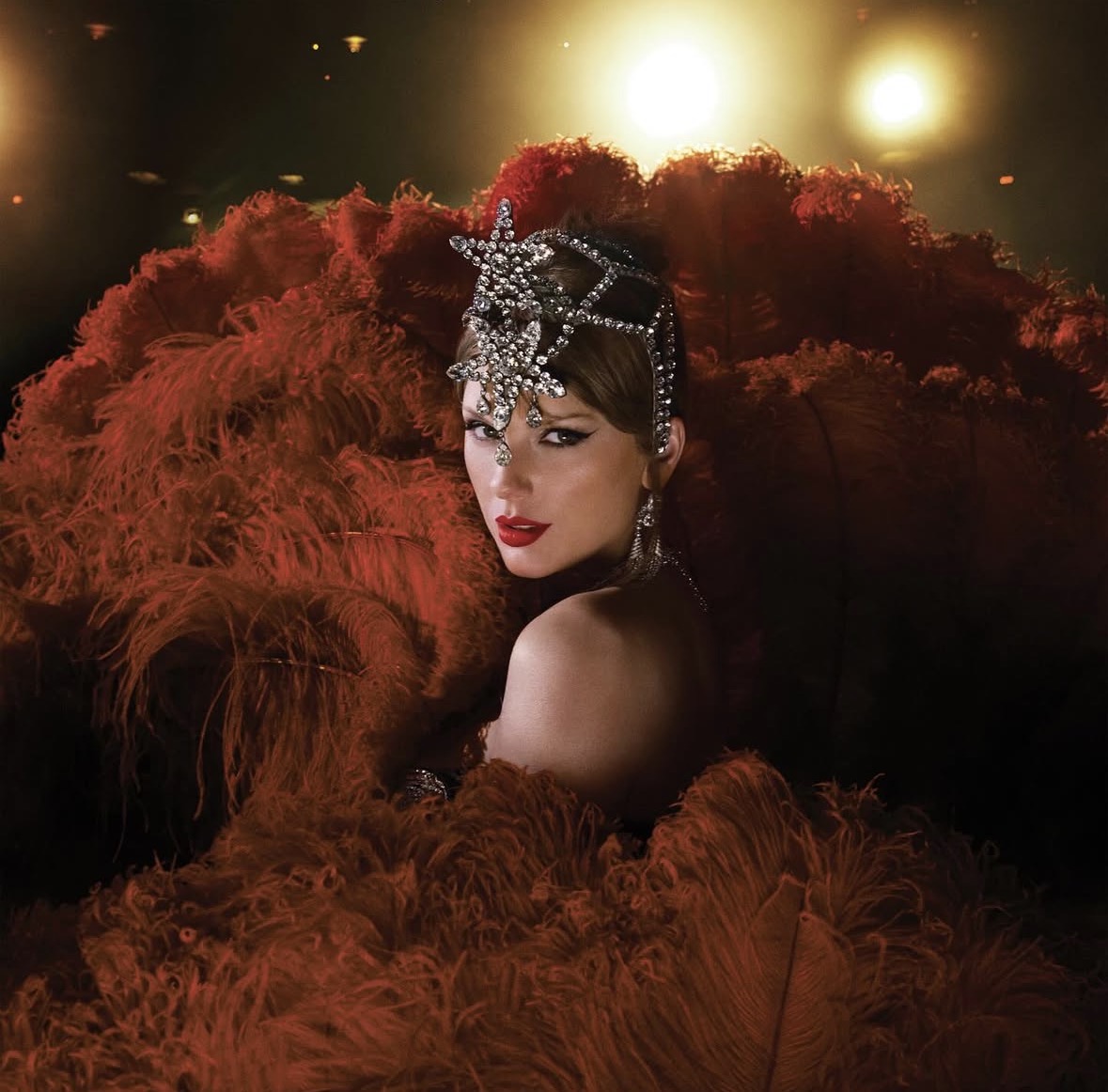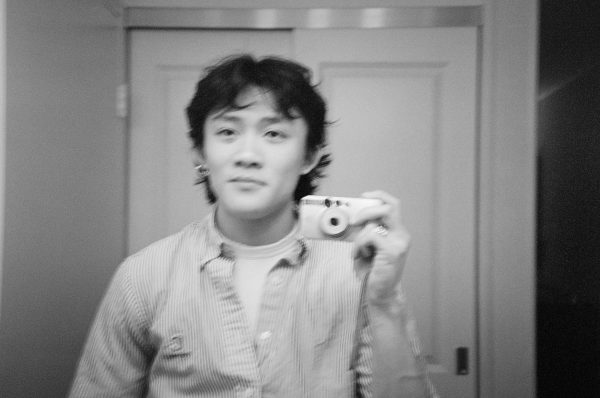As the days become shorter and the leaves begin to change, these are five movies that will satisfy those cozy nights to settle in.
“Guy and Madeline on a Park Bench”
Before “Whiplash” and “La La Land,” Writer/Director Damien Chazelle’s “Guy and Madeline on a Park Bench” wowed the indie-festival circuit in 2009. Initially produced as Chazelle’s Harvard thesis film, “Guy and Madeline on a Park Bench” fully embraces its low fidelity black & white 16mm approach. The movie musical tradition leaves you intimately intertwined with its world. Chazelle’s apparent French New Wave influence combines the early naturalist cinematography of Francois Truffaut with Jacques Demy’s bombastic staging. However, between the musical set pieces are the trademarks of your classic rom-com—park pontifications, dates over coffee and wistful scarf-wearing-yearning against falling leaves.
“Drugstore Cowboy”
Set in Gus Van Sant’s canvas across the Pacific Northwest, “Drugstore Cowboy” is a bleak yet pensive picture of emerging adults on the outskirts of America. With a lax and effortless narrative force reminiscent of short stories by Stephen King, “Drugstore Cowboy” adapts James Fogel’s memoir about a group of friends who rob pharmacies. Van Sant handles this cautionary tale of lust, violence and honor with moderation—a narrative that could have easily been exploited and glamorized; Van Sant instead opts to use these characters to meditate on the meaning of emerging into adulthood. Starring Matt Dillon as Bob, Dillon provides a performance that handles the intense subject matter with realism and candor. The film contains an ambiguity between fantasy, reality and memoir, distilling a hallucinatory haze over its runtime that renders the viewer under its spell.
“The Sweet East”
Sean Price Williams’ edgy directorial debut, “The Sweat East,” is a love letter to the American East Coast. This film encapsulates the oddities of coastal suburbia with the same sincerity and sensitivity as Kelly Reinhardt’s picture of America, containing diplomatic performances between Talia Ryder and Simon Rex alongside New York Indie darling-duo Betsy Brown and Peter Vack. Williams, a cinematographer by trade, creates a cinematic language that blurs the line between documentarian voyeurism and traditional techniques, resulting in a cinema verité-quality, only deepening the viewer’s emotional connection with our protagonists.
“The Secret of NIMH”
Don Bluth’s independent debut, adapting Robert C. O’Brien’s “Mrs. Frisby and the Rats of NIMH,” is an imaginative and technicolor spectacle. As Bluth reinvents the form of what is capable in commercial animation—sweeping painterly countryside backgrounds, expressive character animation and gripping action set pieces—Bluth bridges the line between children’s movie and artistic achievement.
“The Evil Dead”
Released in 1981, “The Evil Dead” is a genre-defining blend between camp and fantastical horror that has cemented itself as a prerequisite to any horror aficionado’s arsenal. Produced on a remarkably low budget, Rami’s ingenious direction, in conjunction with Tim Philo’s DIY approach to cinematography, leads to a phantasmagoric film aesthetic. Not to mention Bruce Campbell’s iconic performance as Ash Williams, this film elevates a campfire-fable-premise into a tense, brutal and memorable eighty minutes.

